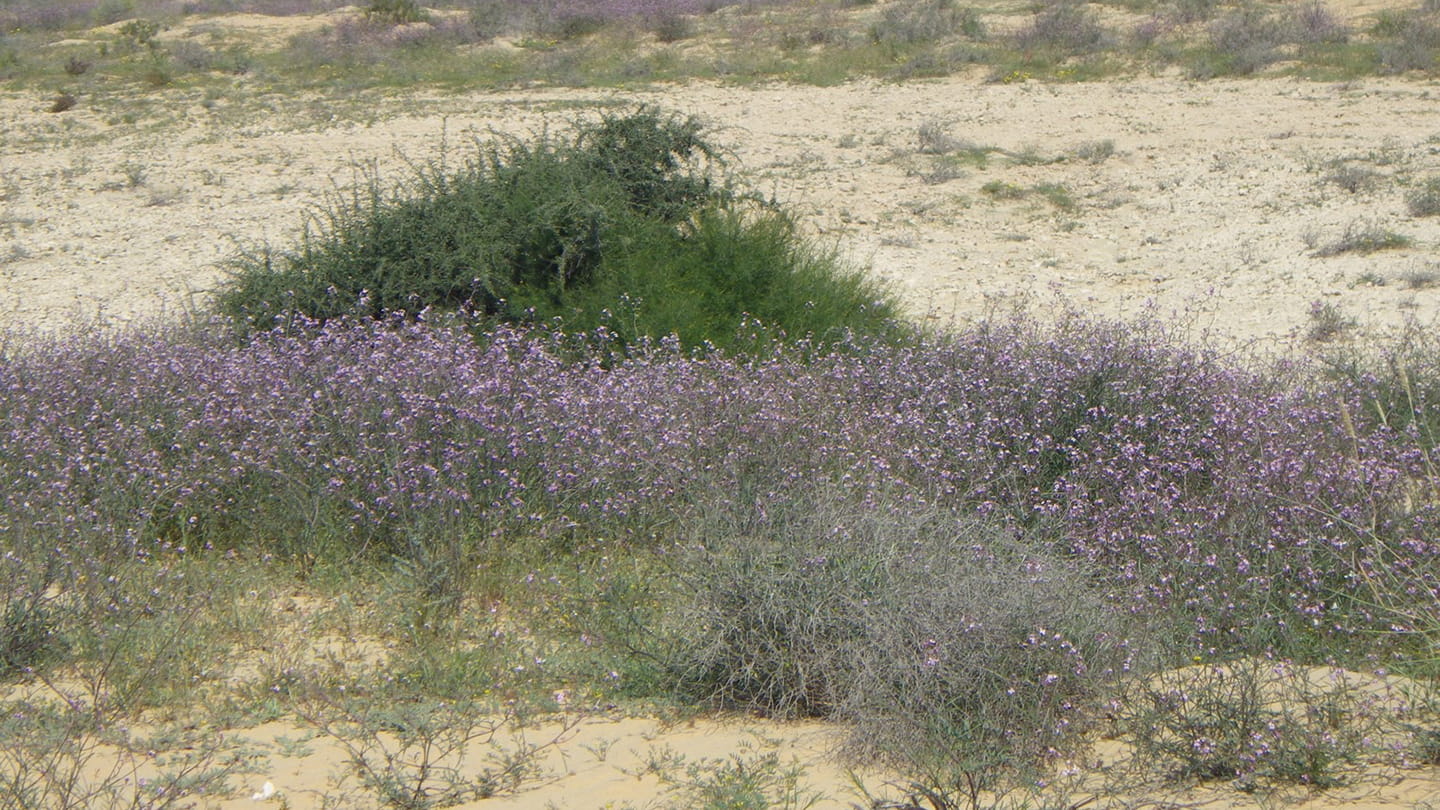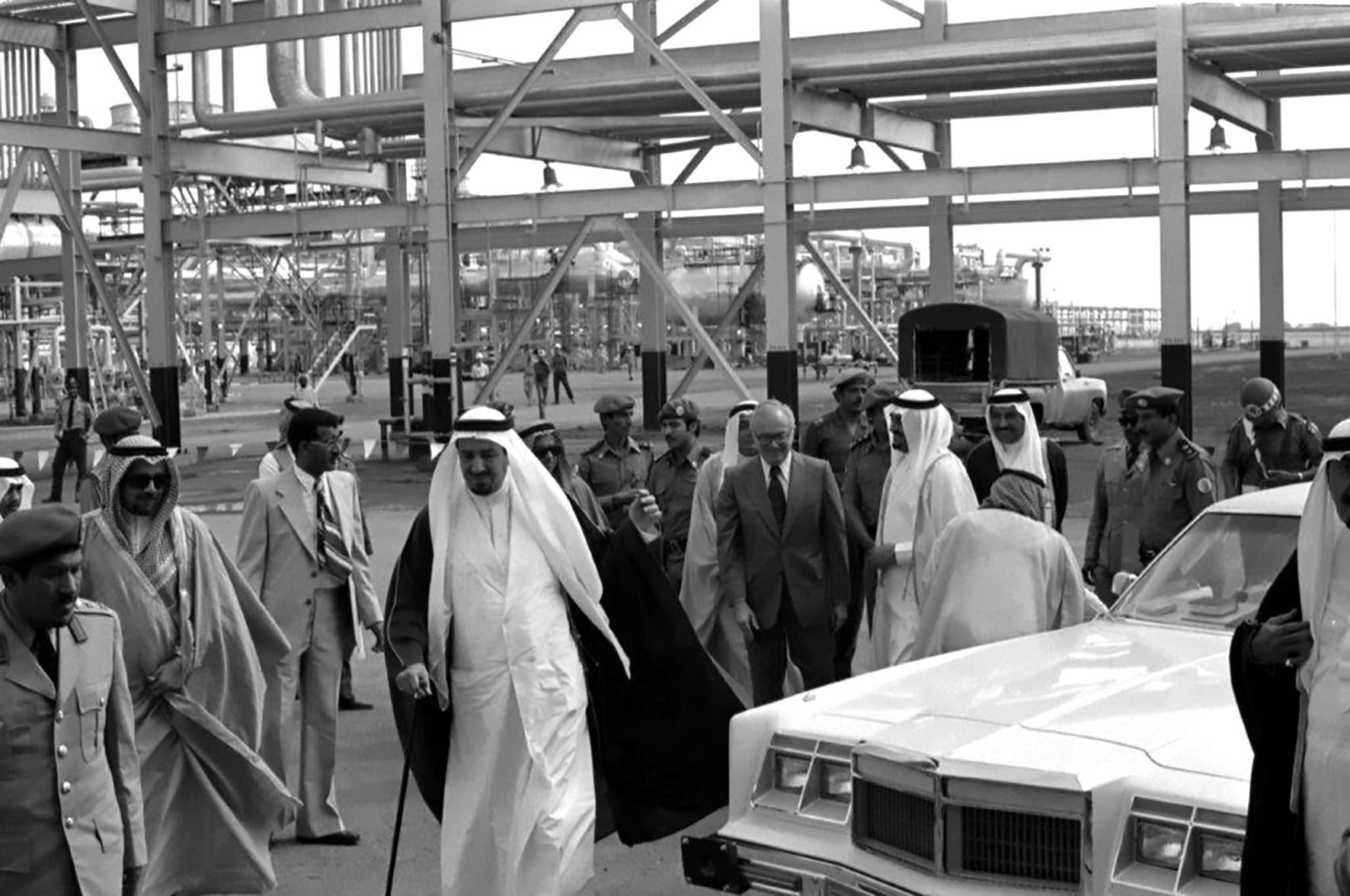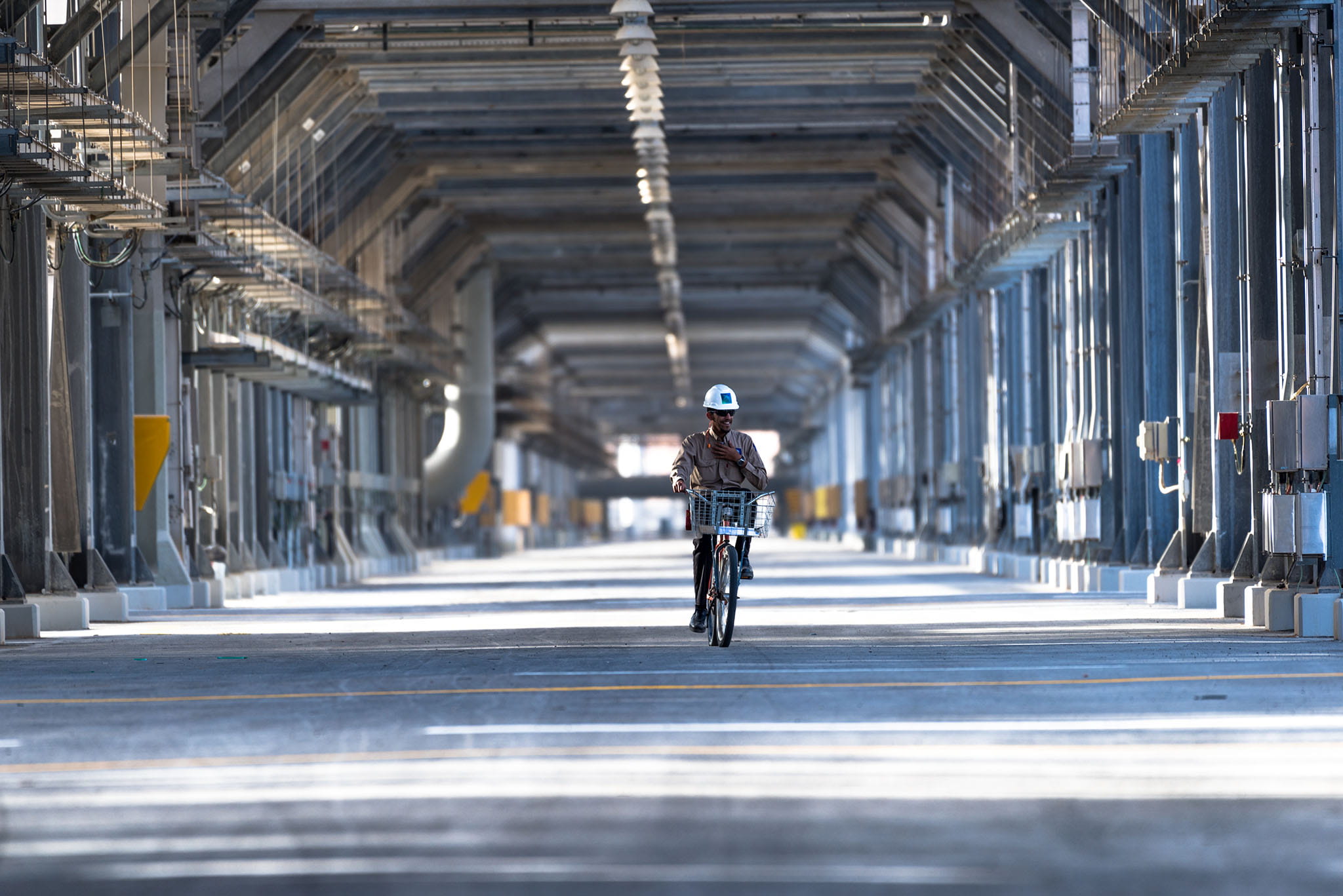
GHG emissions management program
Aramco has consistently recorded an Upstream carbon intensity that’s among the lowest in the industry.
This is not just a geological perk, it is also the result of our decades-long reservoir management and production approach, both below and above the ground, which includes utilizing advanced technologies, and consistently working to manage and reduce our operational emissions and flaring.
Methane emissions
Our methane emissions are also consistently among the lowest in the industry — a vitally-important metric when you take into consideration the fact that methane holds many times the greenhouse gas warming potential of carbon dioxide.
Long-running approaches and activities, such as our Master Gas System and our highly-advanced flaring reduction and monitoring program, have been essential contributors to our reduction efforts.
And, when combined with our Leak Detection and Repair program (LDAR), launched in 2018, these efforts have helped us achieve impressively low methane-intensity levels.
Our next dimension in methane monitoring
While our on-the-ground methane monitoring and control protocols, such as LDAR, continue to pay dividends, we’re always looking for ways to enhance what we do. This is why we’re utilizing cutting-edge space-based sensor technology to give us insights into our emission sources with an incredible new level of detail and accuracy.
A network of satellites, the GHGSAT Satellite Constellation, is currently being deployed that our engineers and specialists are able to use to monitor methane emissions from Aramco’s In-kingdom operations, and help us track down emitters more easily than ever before.
The launch of this corporate methane detection and reduction program in 2022 follows-on from a successful trial of the technology between February and December of 2021 that covered seven of our Upstream and Downstream facilities.
Reducing gas flaring
Extracting crude oil releases natural gas.
If not dealt with properly, the gas can be dangerous.
Burning the gas — known as flaring — releases carbon dioxide (CO2), and other pollutants into the atmosphere.
Flaring also wastes useful resources.
Since 1977 we have worked to capture this natural gas for Saudi Arabia’s Master Gas System.
In addition, since 1980, we have installed multiple flare gas recovery systems (FGRS) at our onshore and offshore facilities, with 13 systems installed as of 2025.
We monitor our flaring operations in real time from our Fourth Industrial Revolution (4IR) Center in our Dhahran headquarters.
We are a signatory to the World Bank’s Zero Routine Flaring by 2030 initiative, which we joined in 2019.
Today, our flaring efficiency is among the best in the world, and we are committed to sharing our best practices and knowledge with peer companies.
The Master Gas System
We began building Saudi Arabia’s Master Gas System (MGS) in 1975.
We collected gas from oil production that would have otherwise been flared, and commenced using it for domestic power generation, and other industrial processes.
Today, the system’s energy mix includes nonassociated gas.
Gas, a relatively-affordable and consistent fuel, is considered an important ‘bridging fuel’ in the Energy Transition.

The Master Gas System: In 1977 King Khalid ibn ‘Abd Al-‘Aziz Al Sa’ud inaugurated the system’s first facility, Berri Gas Plant.
Related articles

Climate Change & Energy Transition
For some, the idea of an integrated energy and chemicals company positively contributing to the climate challenge is a contradiction.


